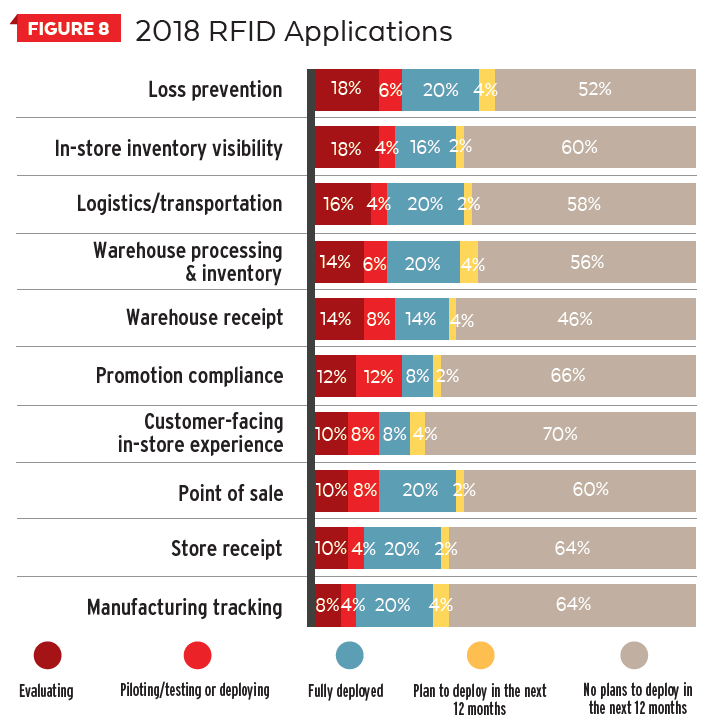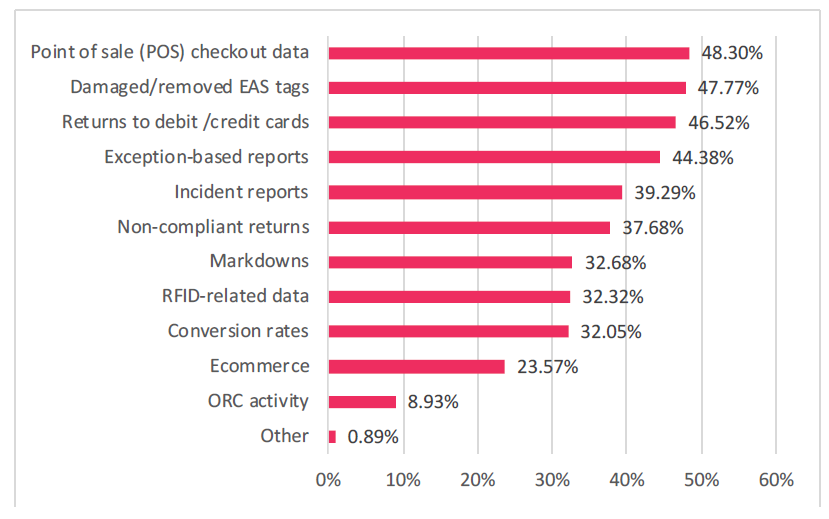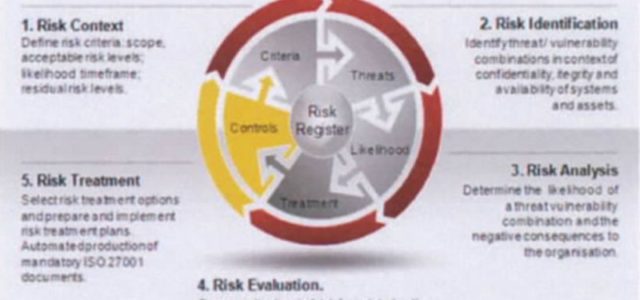Over the last several months I have had the pleasure of spending time with Asset Protection (AP) leaders at Macy’s in New York. The visits were sparked by news articles and industry discussions on their advanced deployments of RFID and the smart integration of this Internet-of-Things (IoT) technology into the loss prevention function.
The Retail Benefits of RFID
The primary driver for the deployment of RFID is to improve inventory accuracy. Generically, across the retail industry, “RFID enables cycle counts to be completed about 25 times faster than traditional manual bar code scanning. Frequent, accurate cycle counts improve inventory accuracy, typically by 20 to 30 per cent, allowing a number of retailers to achieve 99 per cent inventory accuracy.
This enables replenishment alerts to be reliably generated, increasing on-floor availability and decreasing out-of-stocks (OOS), typically by 15 to 30 per cent. This, in turn, results in sales uplift in the range of 1 to 10 per cent or more for those categories.”
While inventory visibility is the number one benefit of RFID, in multiple industry studies, loss prevention is always near the top as a primary application. Here is an example from the 2018 Technology Outlook in the Apparel Market research.
Do agree that the majority of the benefits of RFID are from inventory visibility. Having said this, by studying the Macy’s use case, I was pleasantly surprised by the significant measurable loss prevention results of this growing IoT technology.
The Macy’s RFID Journey
The RFID deployment at Macy’s started seven years ago with shoe display execution. This video explains the entry-level RFID footwear application.
The significant results from display execution led to expansion into inventory visibility. Instead of annual measurements, RFID brought forward beneficial monthly views of sales floor inventory.
Backroom to sales floor replenishment followed inventory visibility. Adding stock room inventory tracking meant that through cycle counting the correct mix was available on the sales floor for consumers to purchase.
As summarized by Macy’s Joe Coll, Vice President of Asset Protection Operations & Administration, “RFID has proven to be a valuable omnichannel asset for Macy’s to ensure we are in the best position to service our customers.”
RFID and Loss Prevention
Almost immediately, the Macy’s AP team recognized the substantial value of the increased data available from RFID. Inventory visibility led to monthly identification of theft trends and the ability to reset shortage reduction initiatives based on timelier data.
Macy’s goal is to integrate as many technologies as possible to create more efficient investigations. Video linked to RFID data brought a new level of visibility to item inventory data. Exception reports integrated with the same granular IoT data elevated the types of investigations possible.
There is limited data that can be gleaned from Electronic Article Surveillance (EAS) alarm which is just a simple alert. Macy’s recently upgraded the exits to read RFID. With this IoT technology, you can now see the product walking out the door.
All the data sets generated by all these systems are reviewed daily by the AP team. The integrated technology approach has led to a perpetual holistic data-driven approach to fighting important threats such as Organized Retail Crime (ORC). It is no longer just a gut instinct. Documented intelligent data-driven theft trends are now driving actions in the store.
As Joe Coll states in this LP News Network video, RFID has revolutionized how asset protection is managed at Macy’s, including delivering significant shrink reduction results.
Next Generation Smart Loss Prevention Solutions
This article only scratches the surface on the possibilities of next-generation smart integrated loss prevention solutions. At the core of the successful evolution of the function is access to an ever-increasing number of IoT sensors and Big Data.
A favourite chart from the 2018 Sensormatic Global Shrink Index looks at the top LP raw data cited by respondents for data mining to reduce shrink.
Note that RFID is already in the data mining mix. Macy’s has also appropriately deduced that the integration of multiple data sets and technologies leads to accumulative positive results.
More to come on this topic and other transformation emerging technologies in future posts. My appreciation to Joe and Macy’s for the valuable education on the continued evolution in the advanced deployment of next-generation smart loss prevention solutions.
Article by channel:
Everything you need to know about Digital Transformation
The best articles, news and events direct to your inbox









